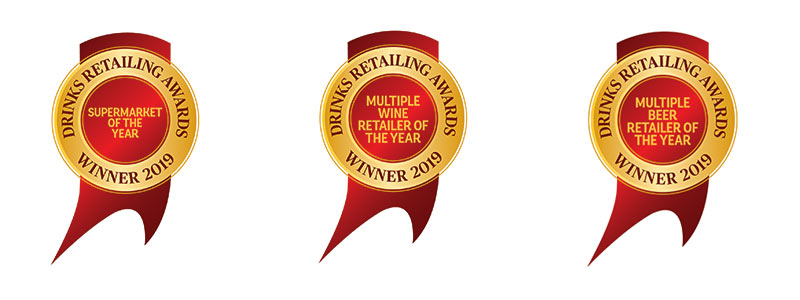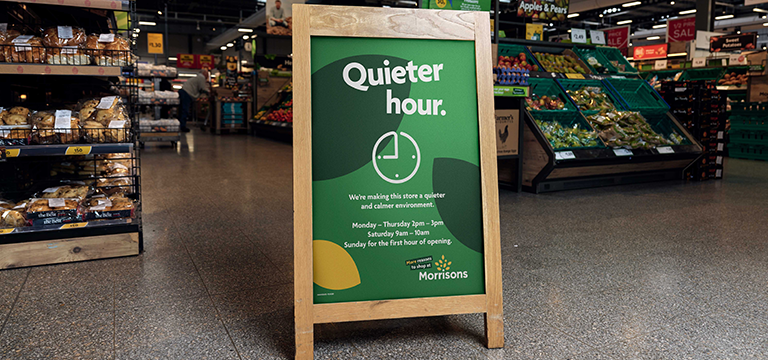Will I like rosé wine?
Lots of wine drinkers are wary of switching to rosé because they think ‘lightness equals sweetness’, and choice is limited. But these days, there are as many different styles of rosé wine as there are whites and reds.
Generally speaking, rosés will appeal to most white wine drinkers. Dry white wine drinkers should get a taste for drier styles such as Sauvignon Blanc, while sweeter styles will appeal to those who like sweeter, fruity whites. If you like red wine, try Syrah or Shiraz rosés which have a little more ‘weight’, or Provencal wines which have a very dry style that can be similar to lighter reds.
Picking your style
Grapes, when harvested, can make all types of wines - which all start off as intensely sweet in flavour thanks to their natural sugars. As these sugars are converted to alcohol during the winemaking process by yeasts (during fermentation). If the fermentation process is stopped early, some of the natural grapes sugars remain creating a sweet, medium-sweet or off-dry wine. Here’s a guide on pink drinks to look out for based on how sweet you’d like your rosé to be.
'White' Zinfandel and 'White' Grenache - sometimes called blush wines - are fruity with a distinct sweetness. Some traditional European styles such as Rosé d'Anjou, or many Portuguese Roses also have noticeable sweetness balancing their refreshing acidity. These are very fruity wines with the sweetness making them very easy to drink on their own without food. At Morrisons we class these as a '3'.
Did you know:
The longer the grapes' skins are left sitting in the wine, the darker the color of the finished rosé. In fact, early red wines would have looked more like the roses we see today than the dark varieties we’re used to today.
Rosés from the new world - Australia, South Africa, North and South America as well as Pinot Grigio rosés are typically fruity in flavour but do have a dry finish. We class these as a '2'.
Provence Rosé and Sancerre rosé - from one of the most traditional ‘Old World’ regions - are very dry, which makes them very crisp and refreshing (try Chablis and Sancerre). We class these as a '1'.
New World vs Old World
Grape vines like any fruit-producing plants / trees convert the sun’s energy into sugars. In hotter climates more sugars are produced and the natural balancing acidity reduces. Tomatoes grown in a greenhouse will be redder and sweeter tasting than those grown outside, and this is true of grapes from New World countries, which typically have hotter climates, tend to make softer fruitier wines.
While there’ll always be exceptions, the general guide is that ‘Old World’ rosé wines from Europe sit at the ‘dry’ end of the scale, while those from elsewhere (New World) tend to be ‘less dry’ or sweeter.






